Karen, our excellent travel agent, asked if we wanted to stay a while in a castle. My wife was quicker than I when she responded; sure! We were planning a trip to the UK. We were to start in Edinburgh, Scotland, then on to St. Andrews, followed by trips to the Lakes District, North Wales, the Cotswolds and then down to Devon before finishing up with four nights in London.
The castle I mentioned goes by the name of Bovey Castle located down in Devon, England in the Dartmoor National Park. I have to admit it’s not a real castle – we had seen a number of those. Its a manor house – or a former manor house, now a grand hotel along with a fine golf course. It was love at first sight and within about 30 minutes of our arrival we had secured an extra nights stay there – a total of three, sacrificing one night in London in exchange. More time for me to explore, hike and of course take some photographs.
Like most of us, I wrestled with what gear to bring along . Travelling as light as possible was a thing for us. I did want to take some 120 film along but what camera? My relatively light Yashica D was my choice. For 35mm I packed my Nikon FA with 28mm and 50mm lenses. For simplicity I chose just two films – Kodak TriX in 120 and Ilford HP5 in 35mm. I also packed and used quite extensively, my Fujifilm X100S digital camera.
All three cameras performed admirably and unsurprisingly, I got the most satisfaction and arguably the best images using the Yashica D – one of a long line of TLR’s produced from the late 1950’s through to the early 1970’s. The Yashica was relatively new to me, having acquired it just a few weeks before our trip. Early use revealed that the camera had some flare issues in certain conditions, a not uncommon problem with TLR’s. I had added some light dampening material to its insides in an effort to dampen those conditions. A test roll, later confirmed the flaring was under control.
While at Bovey I wanted to take the time to use the Yashica. I’m much more selective when it comes to shooting medium format. In 6×6 format, exposures are limited to just twelve per roll. So whereas 35mm film in an SLR allows me to take multiple shots of the same subject, I’m much more deliberate and calculated with medium format.
It was mostly raining or overcast during our stay at Bovey and we loved it. The golf course on site was closed due to the wet conditions which allowed me the opportunity to roam around. There is a trail from Bovey that follows a stream into the village of North Bovey which I also explored. The pictures presented here are mostly of the “castle’, a marvelous subject.
Of note is my experience travelling with unexposed black and white film. My wife and I flew out of Toronto, Canada. A little research indicated hand inspection of film would be readily undertaken by airport security upon request, thereby avoiding the apparently film damaging CT scanners. That was certainly my experience. My 25 or so rolls of film were hand inspected without issue at Toronto.
Nearing the end of our three weeks in the UK, I had concerns that the same courtesy might not be extended by security at London Heathrow. My research here indicated that hand inspection was rather unlikely. Not wanting to risk damage to my exposed film, I decided to have it all developed in London. I found a top notch shop by the name of EC ONE Lab which was able to develop my negatives in about three days. That was a relief. No concerns then at the airport – with the exception of about eight rolls of unexposed film. This I was prepared to sacrifice. At airport security I asked and was prepared for a negative reply to my request for a hand inspection of my unexposed film. I did make the request and without question, my film was taken, swabbed for explosives and returned to me. No CT scans. No problem. Thank you Heathrow. I hope you enjoy these few photos.
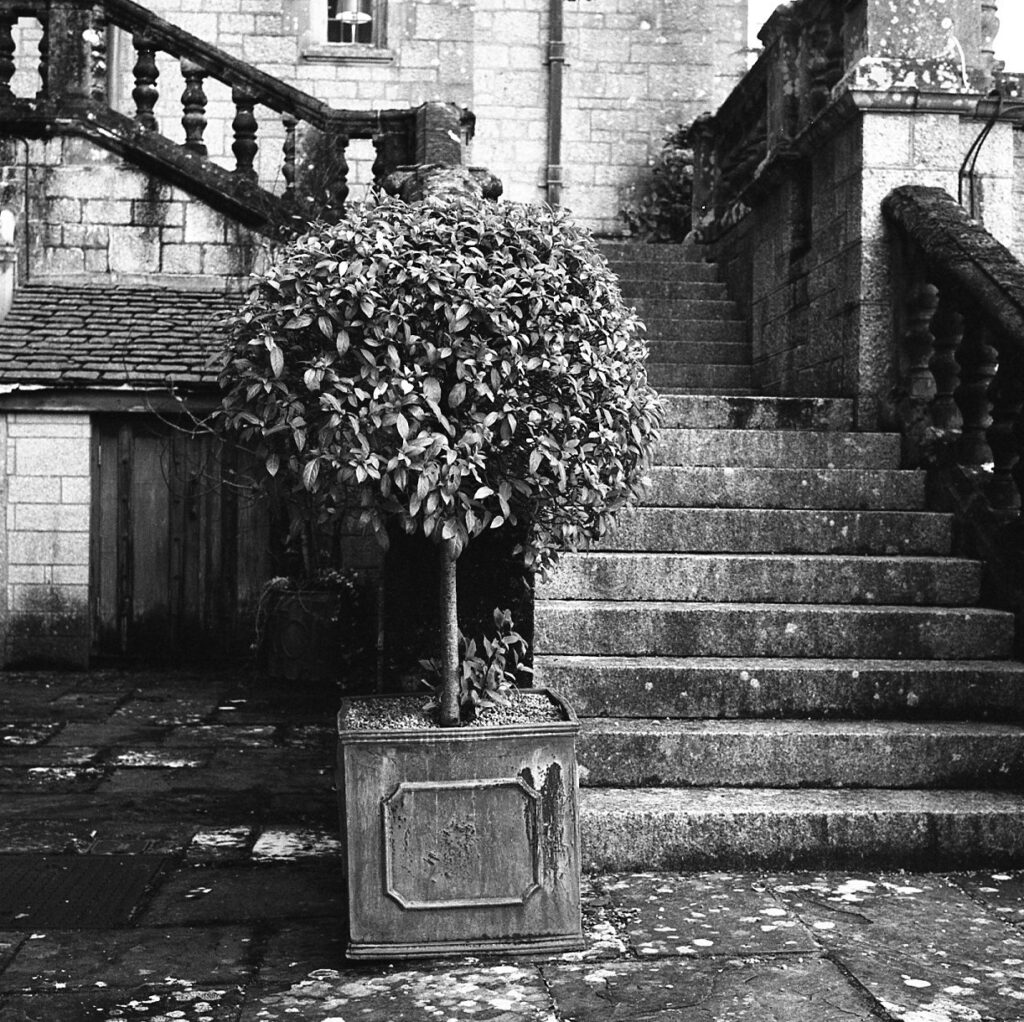
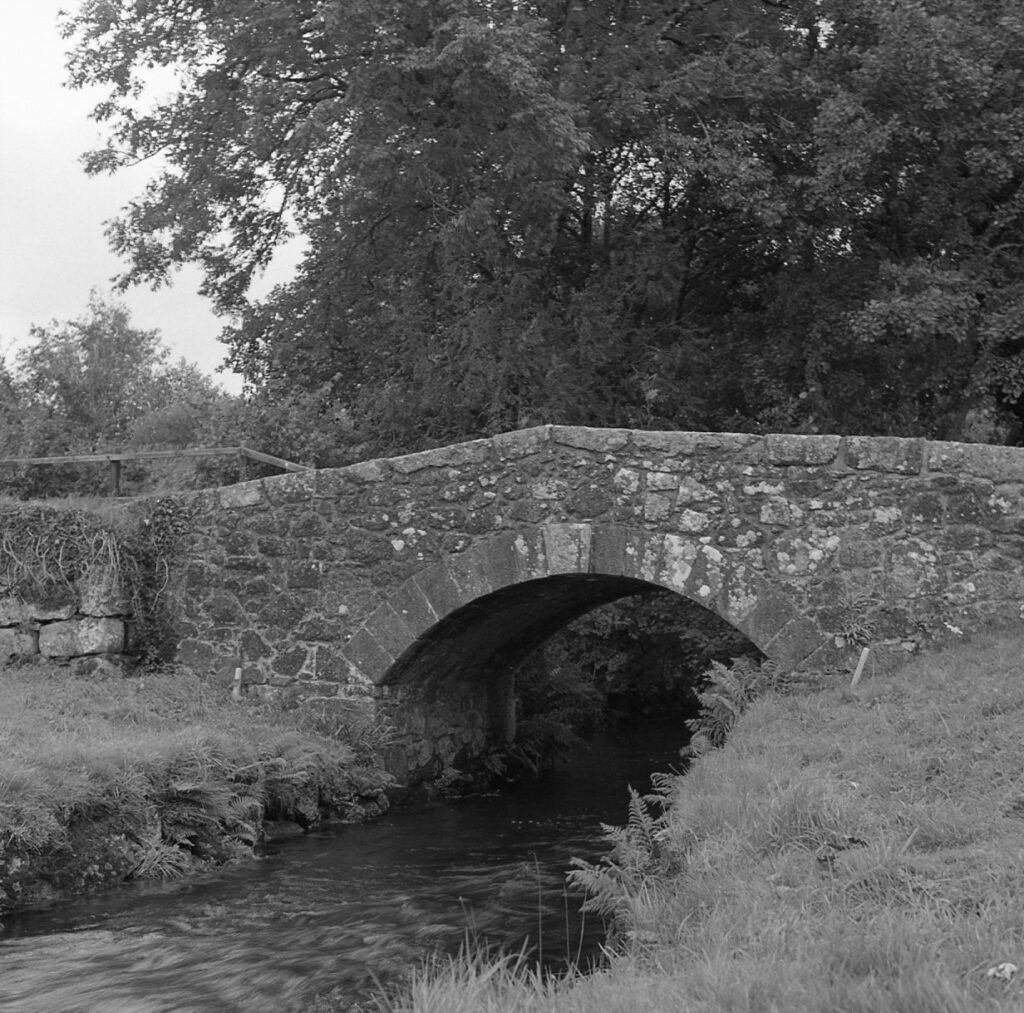
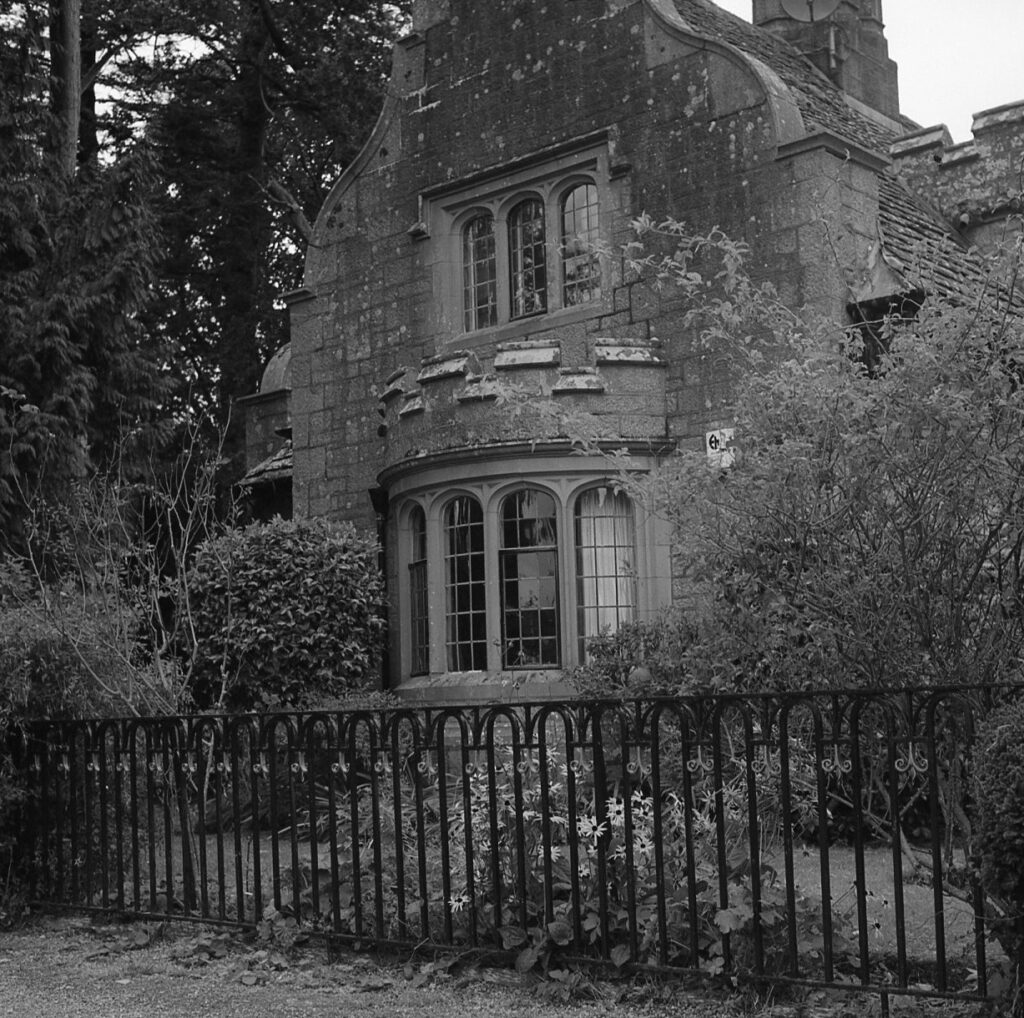
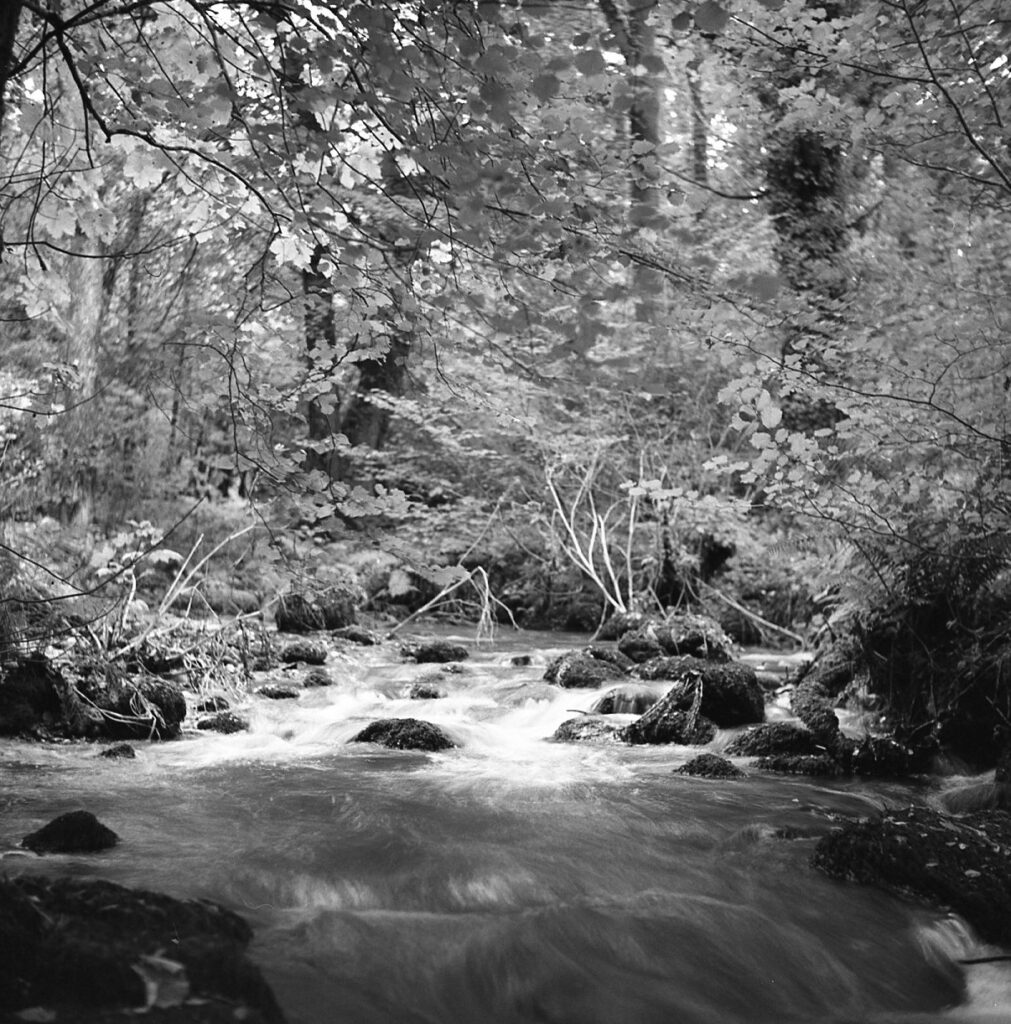
Share this post:

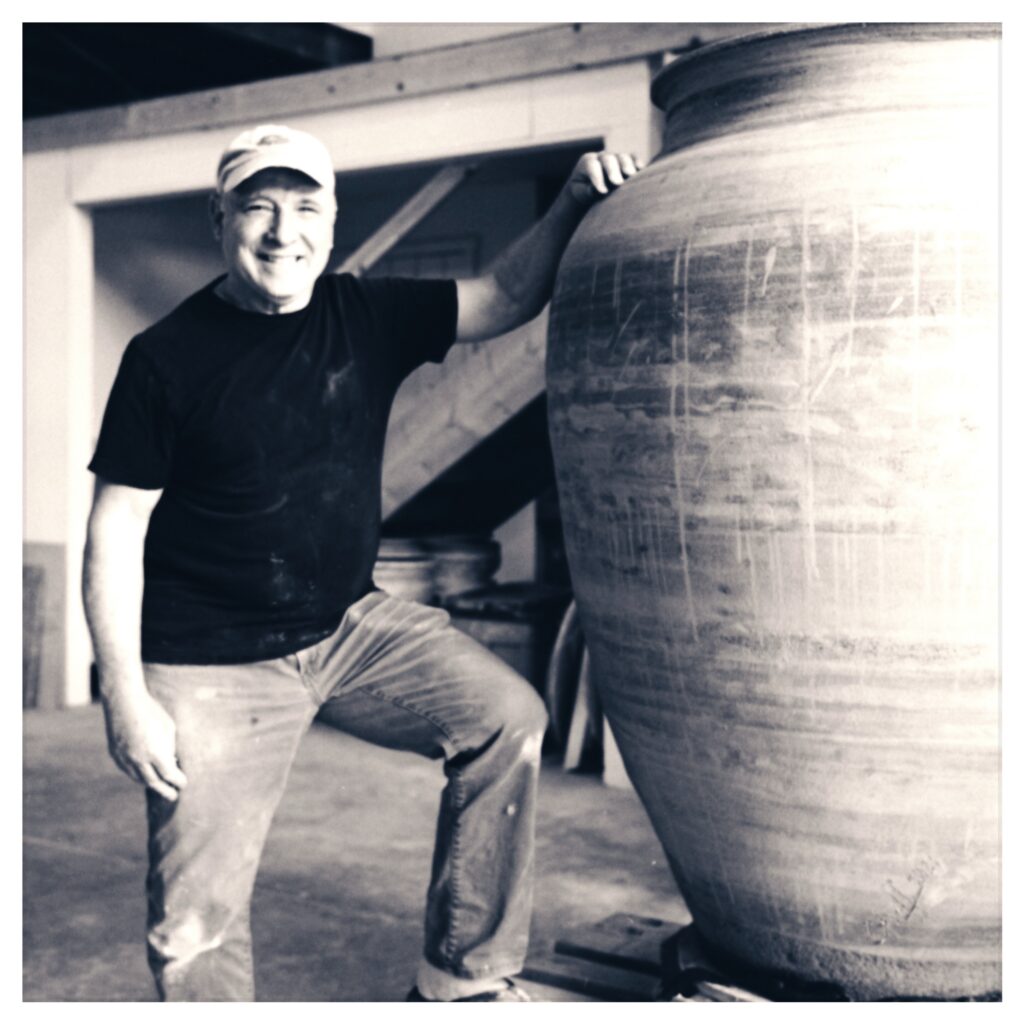
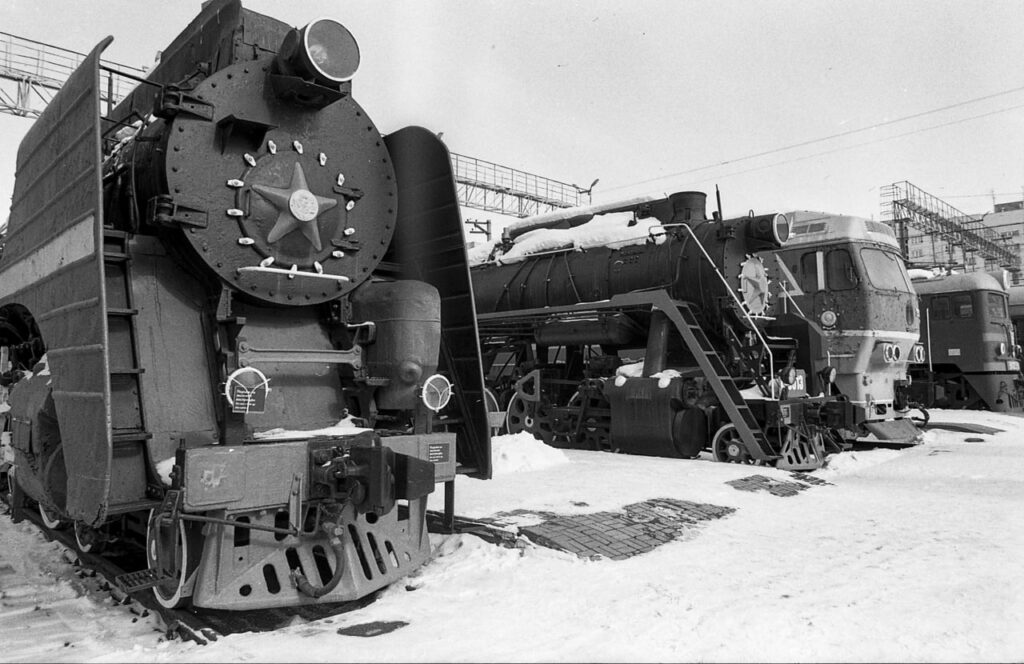
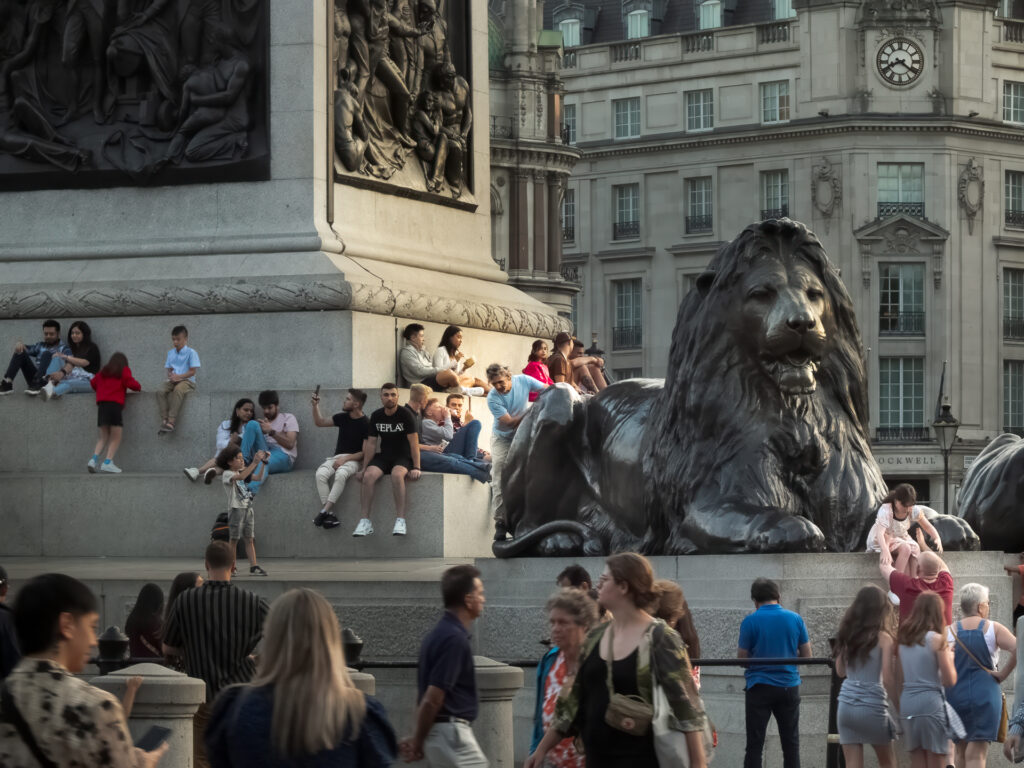
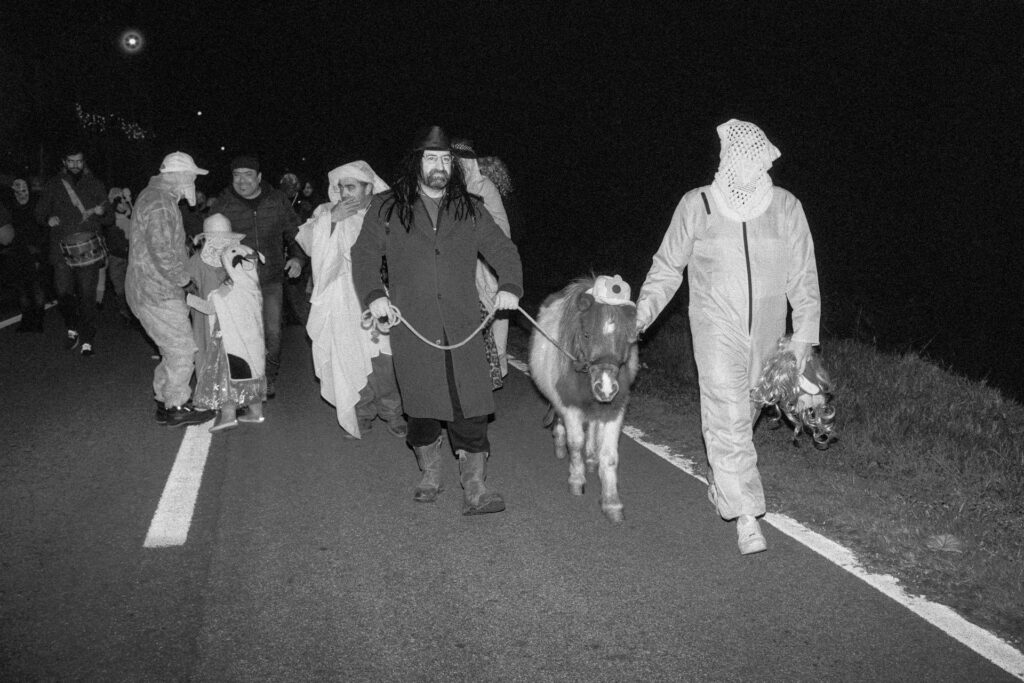




Comments
Peter Kornaukhov on A Castle You Say?
Comment posted: 22/11/2024
Geoff Chaplin on A Castle You Say?
Comment posted: 23/11/2024
Jeffery Luhn on A Castle You Say?
Comment posted: 24/11/2024
Nice shots! I have a Rolleicord TLR that works well for street shooting. Something quite satisfying about the way it feels and the image on the screen. I also find airport folks to be okay with film inspections, although I'm on the lookout for lead shield bags. I have no idea where mine went. Thanks for sharing!